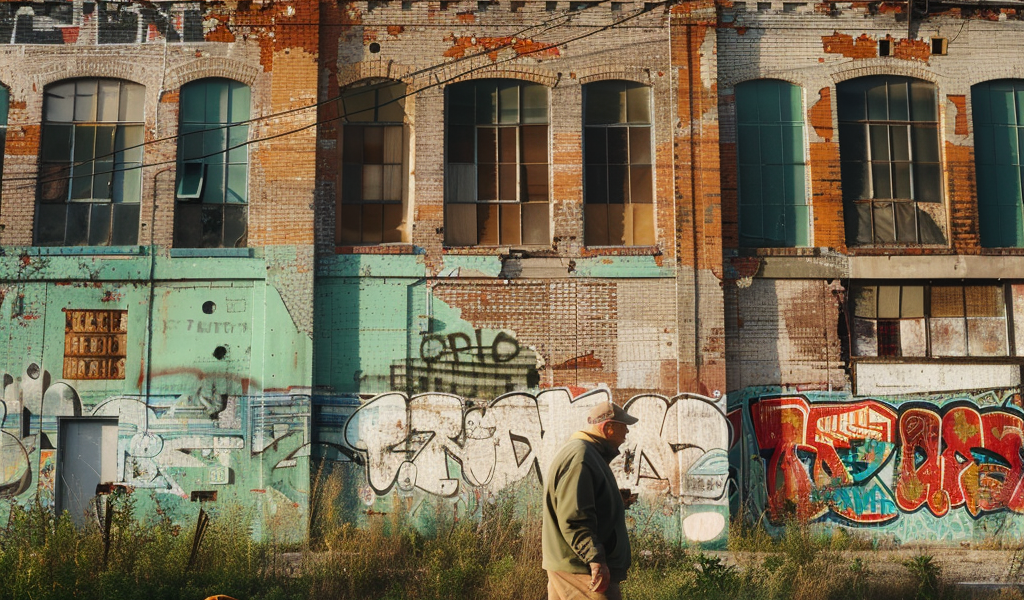Corktown, Detroit’s oldest neighborhood, is undergoing a transformation as it enters a new era. Ray Moncivais, a 66-year-old resident born in the city, has witnessed the evolution of Corktown firsthand. Moving to the neighborhood with his family in the 1950s when his father secured a job at Ford Motor Co., Moncivais has seen the area change over the years.
Living in various spots in Corktown before settling near the Michigan Central Station, Moncivais has experienced the neighborhood’s vibrant history. In his youth, Corktown was a bustling community filled with working-class families of Mexican, Puerto Rican, Irish, and Maltese descent.
Moncivais, who now works in tile installation for local businesses, spends his days walking his dog, socializing at Nemo’s, and cherishing time with his family. Reflecting on the past, he recalls visiting the Michigan Central Station with friends to watch the activities along Vernor Highway and admire the station’s grandeur.
However, after the station closed in 1988 and fell into disrepair under the ownership of the Moroun family, Corktown faced challenges. The vacant station became an eyesore, impacting the neighborhood’s vitality and spirit. Moncivais lamented the decline, noting the negative impact on the community.
Mayor Mike Duggan intervened to revitalize the station by pushing for window restorations, a crucial step in preserving the historic landmark. Duggan’s efforts aimed to transform the station from a symbol of decay to a beacon of opportunity for Detroit. By engaging with the Moroun family and emphasizing the importance of restoring the building, Duggan sought to change perceptions and revitalize Corktown.
As Corktown embraces this new chapter, residents like Ray Moncivais reflect on the neighborhood’s past while looking forward to a brighter future. The restoration of the Michigan Central Station symbolizes the resilience and potential of Detroit, marking a significant milestone in Corktown’s ongoing revitalization.





